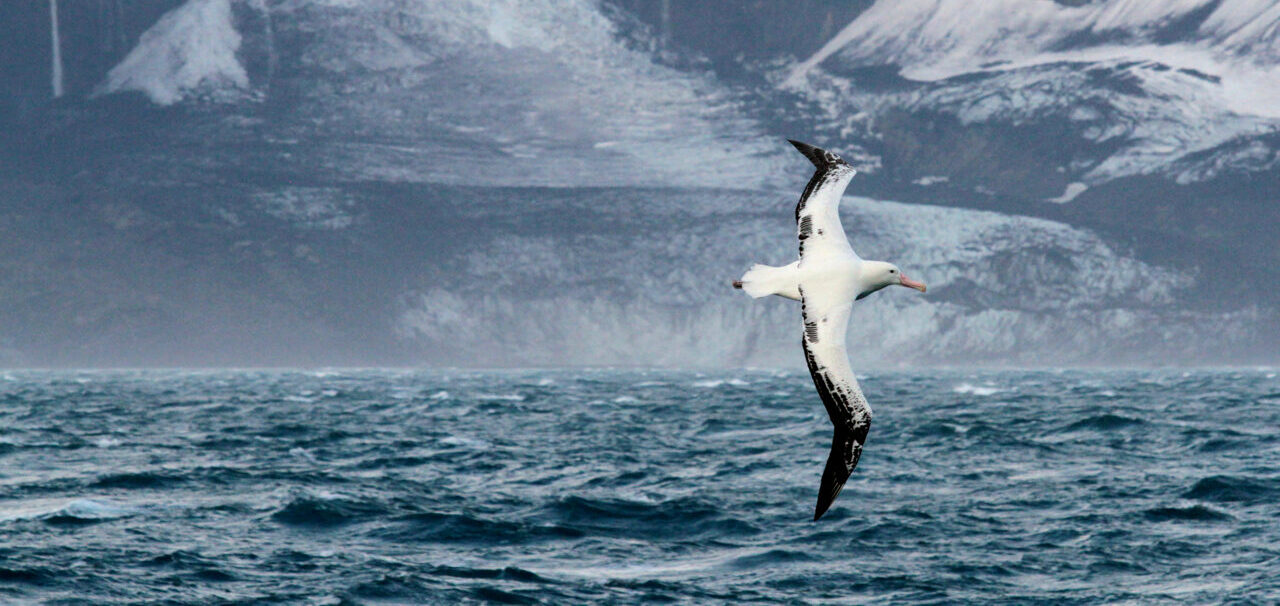The recipient of the tariff was Heard Island (and nearby McDonald Island) despite the island having no trade nor any human visits since 2016.
Now Heard Island may be living up to its name again for a different reason.
Monash University researchers say almost a quarter of glaciers around the islands have melted from climate change.
The new finding is renewing calls for decisive climate action as they brace for the devastating impact for life on Heard Island, a sub-Antarctic island and Australian external territory about 4100 kilometres south-west of Perth.
The research by the Monash-led Australian Research Council’s (ARC) Securing Antarctica’s Environmental Future (SAEF) research centre, that was published in academic journal The Cryosphere, found around 64 square kilometres, or 23.1%, of the frozen landscape has been lost since 1947.
Dr Levan Tielidze, a SAEF research fellow in the Monash School of Earth, Atmosphere and Environment, said despite its location, this remote environment can reveal a lot about how the planet is faring under climate change.
“These findings are a bellwether of change for our global climate system,” Dr Tielidze says.
“While Heard Island is just about as remote as it’s possible to be on Earth, it still suffered profound consequences from climate warming, which is almost certainly due to rising greenhouse gas emissions in the 20th and 21st centuries.
“The island’s location in the Southern Ocean makes it a key part of the global climate system and an important indicator of the planet’s health, so the changes we are observing paint a really clear and concerning picture,” he says. ↓
RETURN TO HEARD
Researchers plan to return to Heard later this year as part of the Australian Antarctic Program to learn more about how glacier retreat threatens mountain biodiversity.
Professor Andrew Mackintosh, the head of Monash School of Earth, Atmosphere and Environment and SAEF Chief Investigator, said the team will use computer models to predict the island’s glaciers’ response to global warming.
“We’ll explore two possible futures — one where strong action is taken to reduce greenhouse gas emissions and another where little is done and emissions continue as usual,” Prof. Mackintosh says.
“Although this mapping shows stark glacier retreat and further ice loss is unavoidable, whether we retain glaciers or lose most of them entirely is up to humans and the greenhouse gas emission pathway we follow.
“It might also mean the difference between a future where biodiversity is devastated, or one where key parts are secured.”
RESEARCH CRITERIA
With much of Heard Island understudied due to its location and climate, researchers used topographical maps from 1947, and satellite images from historical and current satellites, to study the island.
The resulting glacier inventory catalogues 29 glaciers, tracing their outlines in 1947, 1988 and 2019.
It also documents key features such as area, slope, aspect and elevation.
This data is used to estimate mass balance, glacier volume, surface velocity and the impact of volcanic and other surface debris.
- Heard Island is a UNESCO World Heritage-listed site.
- It is located about 1700 kilometres north of Antarctica.
- It is 61% covered in ice and dominated by an active volcano, Big Ben.
- Big Ben officially stands 2745 metres tall.
- Recent studies suggest the volcano is now more than 2800m tall.
Source: Monash University
[/dt_vc_list]






